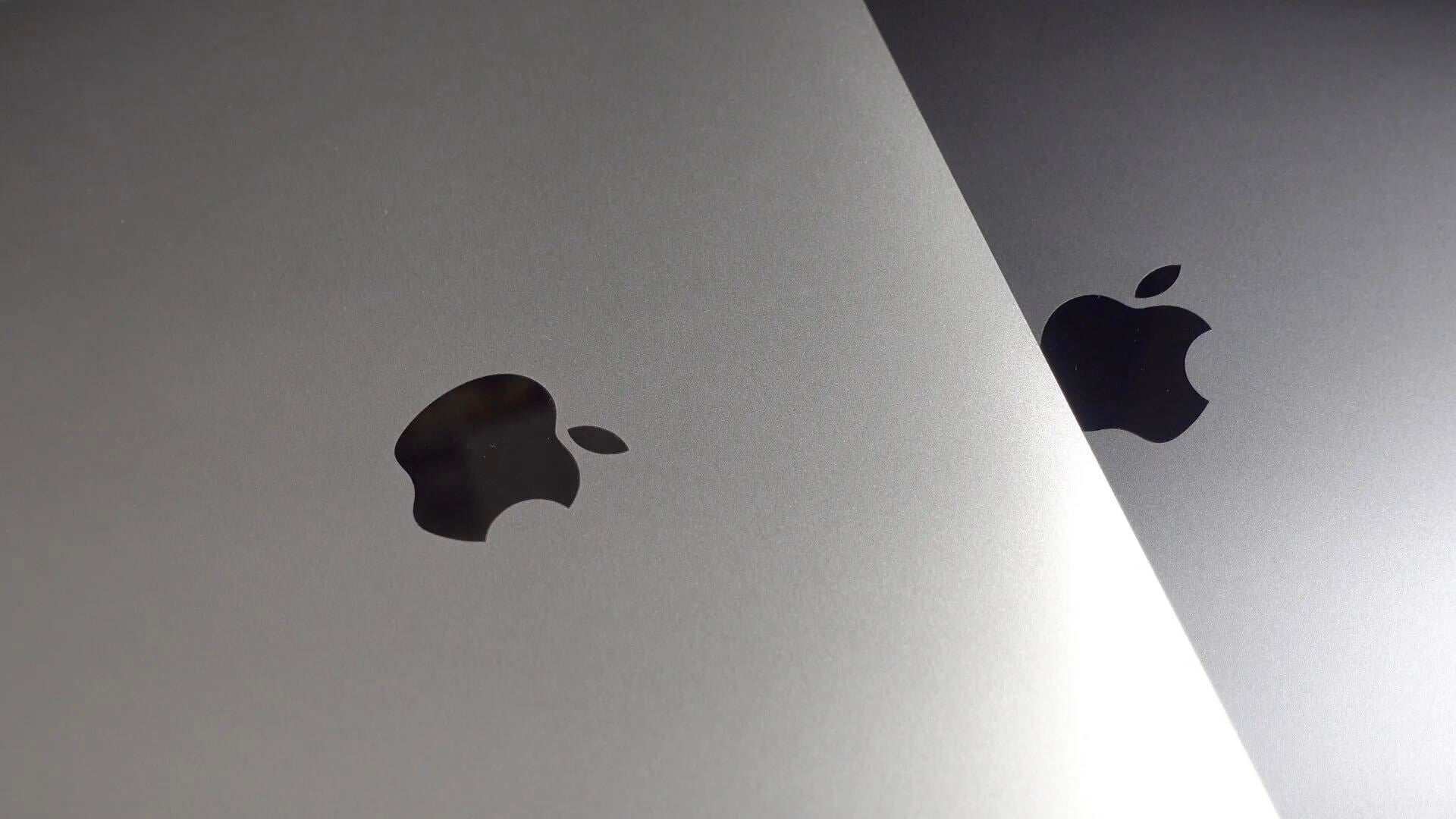

I’ve tested lots of iPhone battery cases since 2007, and quite a few great iPhone 6 battery cases over the past year. It’s extremely rare to find a battery case with integrated wall plugs that recharge both the battery and iPhone, but a company named Prong is now on its second-generation version of exactly that product. Prong’s first iPhone cases had no batteries, but included wall plugs so you could recharge wherever you found a standard wall outlet. Then it took the next logical step and added a spare battery for iPhone 5/5s users.
After a very lengthy pre-order process, Prong is about to release PWR Case for iPhone 6 ($100), a bigger and more powerful version of its earlier iPhone 5/5s case. PWR is atypical in several ways, starting with the aforementioned fold-out wall prongs, but also that it includes a detachable case, and is offered in a fully transparent version that may appeal to techies…
|
Key Details:
|

While PWR Case has some interesting specifics, the overall functionality isn’t much different from the many iPhone 6 battery cases I’ve previously covered. You still get a sled-style plastic battery pack for your iPhone 6, which provides substantial back, bottom, and side coverage, along with a 3.5mm headphone adapter and standard Micro-USB to USB charging cable. Prong offers PWR in black, blue, red, or transparent versions, the latter a true novelty among iPhone battery cases — I can’t recall ever seeing an all-clear battery case before. So if you’re a serious techie, that version of PWR may be the best choice for you based on looks alone.
Each PWR also includes a standalone iPhone 6 case, which combines a clear hard plastic back protector with a rubberized bumper, completing PWR’s top and side protection. The detachable case is required to keep your iPhone 6 inside PWR’s battery sled; without the case on, your iPhone will rattle around atop PWR’s Lightning connector. As a result, PWR shouldn’t be used around without the case, but the case can be used without PWR’s battery and charging pack.
Although Prong apparently contemplated offering PWR in multiple capacities, the final version has a 2600mAh battery inside, which is on the higher end of iPhone 6 battery cases, and here roughly doubles the device’s natural thickness. I tested PWR with an iPhone 6, finding that it delivered a full recharge from 0% without any additional power left to spare. You can expect similar roughly-one-full-recharge performance with the iPhone 6s, though Prong doesn’t officially list PWR as compatible with the newer model.
Prong’s signature feature is PWR’s integrated set of fold-out wall blades, which make the case special: it requires nothing save an open wall outlet to recharge its own battery and/or the iPhone’s. The blades are extremely easy to fold out and in as needed, though they contribute to increasing PWR’s bulk compared with a typical iPhone 6 battery case.

You can use the blades to recharge the battery pack alone, or the battery pack and the iPhone. Remaining power is indicated with four bright white LEDs inside the pack, interestingly designed with windows so the lights can be seen both on the back when the case is fully assembled, and the front when the iPhone’s not inside.
There’s undeniable convenience in the integrated charger, which effectively blends a $19 iPhone USB Power Adapter into the back of the case rather than forcing you to carry one around. That said, Prong’s inclusion of a USB cable is indicative of the near-universality of USB as a battery case (and iPhone) recharging solution; most people are just accustomed to seeking out a USB port to recharge their iPhones and battery cases. PWR is the case you choose when USB isn’t going to be available. It’s notably capable of adjusting to 100-240V wall power.
The three key challenges PWR Case faces are its size, release timing, and pricing. Many of Prong’s rivals were inspired by the iPhone 6 to go “smaller and thinner,” while PWR is fairly thick and has a pronounced chin at the bottom — the physical cost of integrating a wall charger into the design. Additionally, PWR is arriving fairly late on the scene: it’s scheduled to become available on October 14, 2015, but was built for last year’s iPhone 6; Prong doesn’t (yet) market it as officially 6s-compatible, though it works. Finally, PWR demands a $60 premium over $40 iPhone 6 battery cases from companies such as Anker, which is a lot to ask for adding a pair of fold-out wall blades. You can decide for yourself whether the functionality merits the premium, but it’s a somewhat hard sell compared with the best iPhone 6 battery cases out there, unless you have a very specific need for its key feature. If you do, you’ll be hard-pressed to find another iPhone 6 case with wall blades built in.
| Manufacturer: Prong |
Price: $100 |
Compatibility: iPhone 6, iPhone 6s* |
|---|
FTC: We use income earning auto affiliate links. More.

Apple makes thin iphones with small batteries and people buy an extra batteries because of the mediocre battery life…. I don’t get it?
They get a bulky phone…
It hasn’t been my experience that any iPhone I’ve had lasted less than a full day unless I was on it for an excessive amount of time, for example long airplane trips. I don’t own any of the 6s line so I can’t comment on that, but if your iPhone battery is routinely dying early, that’s an indication that either something is sucking down the juice in the background that you should fix, or you’re on your iPhone so much that you’re letting your life pass you by …